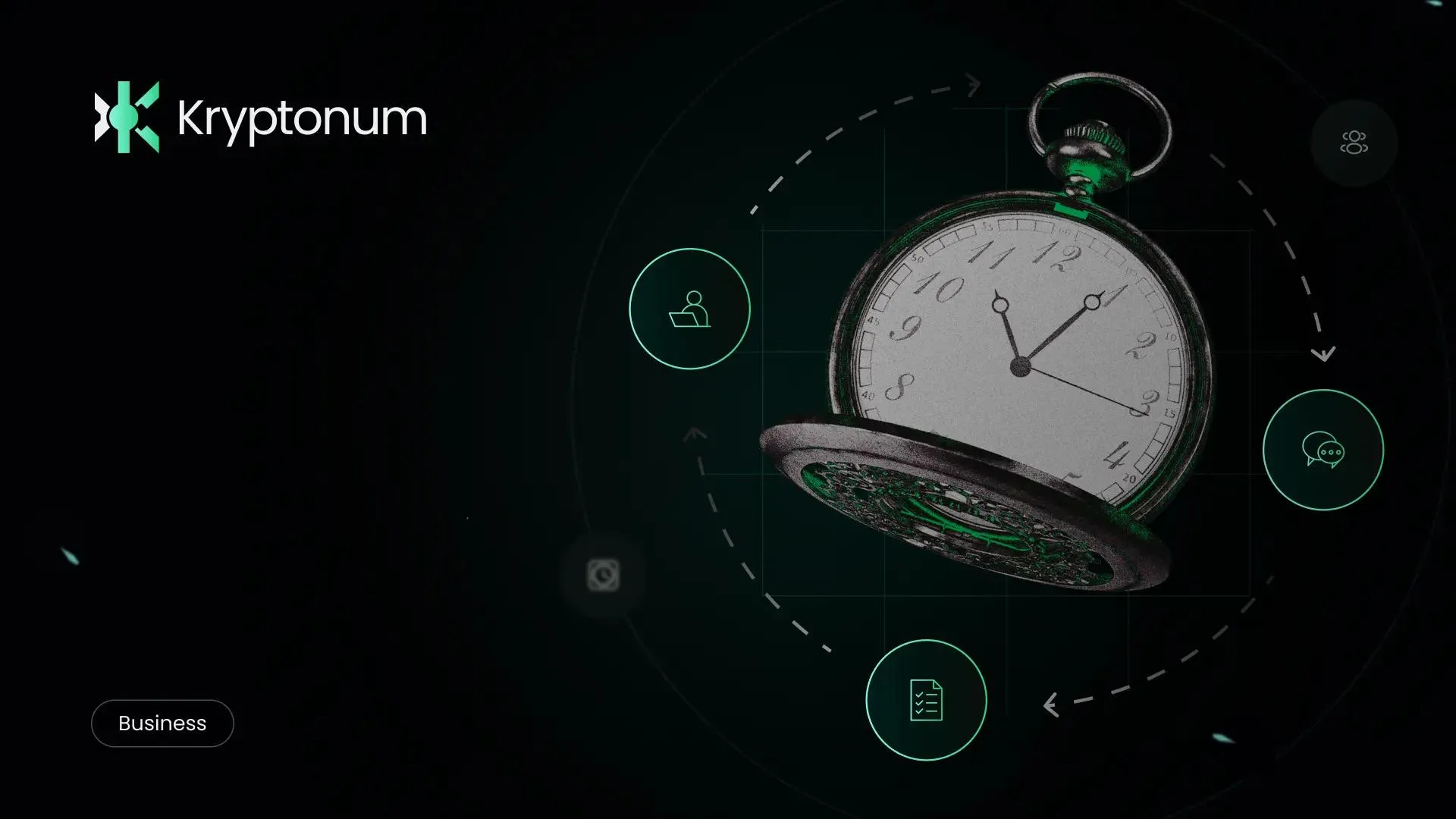Your project started with such promise. Clear scope, engaged client, talented team—everything lined up for success. Then reality kicks in 🥊
- Week three: “We’re still waiting for that brand asset.”
- Week six: “The developer needs to clarify this design detail.”
- Week eight: “Can we add just one tiny feature?”
What should have been a smooth eight-week delivery is now a stressed-out twelve-week marathon 🏃🏻♂️ Your profit margins are shrinking. Your team is burned out. Your client is losing confidence.
Here’s the kicker: this disaster wasn’t caused by impossible demands or technical roadblocks. It happened because of ten predictable mistakes that most agencies make. Those mistakes seem harmless, but multiply like rabbits… 🐰
👉🏻 Want to know them all? Keep reading!
❧ Why Projects Fail Before They Even Begin 🚨
Here’s the uncomfortable truth: most projects are doomed from day one.
Not because the team lacks skill or the client has unrealistic expectations. They fail because small communication gaps, missing processes, and “we’ll figure it out later” decisions create a house of cards 🃏 And it eventually collapses.
A missing login here. An unclear design spec there. A “quick change” that turns into three new pages. None of these seems like a big deal individually. But stack them together, and suddenly your 8-week project becomes a 12-week nightmare.
The good news? Once you know what to watch for, these mistakes become completely preventable!
❧ The 10 Deadliest Project Management Mistakes

1. Starting Without Proper Access and Assets
Your designer is ready to work. Your developer has cleared their schedule. Everything looks perfect for a smooth project launch 💪🏻
“We’re still waiting for the Google Analytics login.” Seems like a harmless mistake. OK, it happens…
Then three days pass. “The client’s assistant has the social media passwords, but she’s out sick.” Another two days gone. And just when the project regains momentum, someone realizes the logo files are still only available as a 200px JPG buried in an old email thread. Now the design team can’t move forward either.
This isn't just annoying—it’s expensive. While your team waits for access, other projects pile up. Deadlines shift. Client confidence drops.
The domino effect is real. What starts as a “quick admin task” can easily eat up a full week of project time ⌛ Stack several of these together, and you’ve lost a month before any real work begins.
How to fix it?
Create a comprehensive asset checklist before project kickoff. Get every login, file, and access credential upfront. No exceptions.
2. Skipping the Design Handoff Documentation
Your designer delivers a stunning Figma file. The layout looks amazing, and the client approves it immediately 🔥
But when the developer opens the file, the questions start flying:
- “What do we do with navigation when scrolling?”
- “How should this section look on a tablet?”
- “Is this button supposed to have a hover state?”
- “What happens when the text is longer than expected?”
Without proper documentation, developers turn into detectives 🕵🏻♂️ They spend more time guessing than coding. And when they guess wrong, bugs sneak into the final product.
But let’s be honest—an experienced developer won’t just sit quietly and guess. Instead of Sherlock Holmes, you get… a bit of a pain in the ass for the designer.
At first, it seems harmless. But over time, the project vibe shifts. Designers feel like their work is constantly being questioned. Developers feel like they’re getting half-finished files. Collaboration turns into tension—and instead of moving forward, the project starts looping in circles 🔄
The fix: Treat design handoff as seriously as the design itself. Document spacing, states, responsive behavior, and interactions. Your future self will thank you 🤝🏻
3. Leaving Key Team Members Out of Planning
The client meeting goes perfectly. The designer nods enthusiastically. Everyone agrees on the beautiful custom animation and interactive elements.
Two weeks later, the developer delivers some crushing news: “This will take three times longer than budgeted.” Or worse, “This isn’t technically possible with our current setup.”
When technical team members aren’t involved in early discussions, reality checks come too late. Features get cut. Budgets explode. Timelines shatter.
The best solution? Include developers, marketers, and key stakeholders in planning conversations 💬 A 30-minute technical review upfront can save weeks of rework later.
4. Saying “Yes” to Scope Creep Disguised as “Small Changes”
- “Can we just add one more page? It’s really simple.”
- “While we’re at it, could we tweak the checkout process?” 🤔
- “Oh, and maybe add a blog section?”
Each request sounds reasonable in isolation. But these “small changes” add up faster than client revision rounds.
One extra page becomes three. A simple checkout tweak requires database changes. The blog section needs a content management system. Your 6-week project is now pushing 10 weeks.
Clients aren’t trying to be difficult. They genuinely don’t realize how seemingly small requests impact timelines and budgets 💵
This is why agencies should establish a clear change request process. Document everything. Show the time and cost impact of each request. Sometimes clients will still want the changes, and that’s fine as long as everyone understands the trade-offs.
5. Setting Unrealistic Deadlines to Win Projects
Competitive pressure is real. When a potential client wants a custom platform in four weeks, it’s tempting to say “absolutely” and worry about the details later 🥴
But here’s the thing: overpromising doesn’t just hurt your team. It damages client relationships and your reputation.
Unrealistic deadlines create a cascade of problems:
- Rushed work leads to bugs and quality issues
- Team burnout affects all your projects
- Missed deadlines erode client trust
- Emergency fixes cost more than doing it right the first time
Educate clients on realistic timelines. Break projects into phases. Offer faster alternatives when possible, but never promise the impossible just to win work.
6. Using Scattered Communication Channels

Monday’s update comes via email. Tuesday’s feedback arrives in Slack. Wednesday’s urgent request pings your WhatsApp 📲 Thursday’s approval happens during a quick hallway conversation.
Sounds chaotic? It is…
When communication happens everywhere, important details disappear into digital black holes. Tasks get missed. Work gets duplicated. Team members operate on different versions of the truth.
Your developer thinks the homepage layout changed. Your designer missed the color update. Your project manager has no idea what the client actually approved. Everyone is working hard, but nobody is working on the same thing.
The solution? Pick one primary communication hub for each project. Whether it’s Slack or Notion, make sure everyone knows where project updates live. Everything else is just noise 📣
7. Creating Decision Bottlenecks Without Backup Plans
Your project needs three approvals: the marketing manager, the creative director, and the CEO. Everything stops when one of them goes on vacation 🏖️
Projects without clear decision-making protocols turn into waiting games. Who can approve budget changes? What happens when the primary contact is unavailable? How long should the team wait before escalating? 🙊

These bottlenecks don’t just delay current tasks. They create ripple effects throughout the entire project timeline. While you wait for one approval, other deadlines approach. Team members get reassigned. Momentum dies.
Establish a clear RACI matrix (Responsible, Accountable, Consulted, Informed) during project kickoff. Identify backup decision-makers for every approval level. Set maximum response times for each decision type.
8. Waiting for “Perfect” Content That Never Comes
Agencies get really good at building beautiful website skeletons 💀 Lorem ipsum text. Placeholder images. Demo videos.
But what about real content? That’s very often just “coming soon.”
The client promises a final copy by Friday. Friday becomes next Wednesday. Next Wednesday turns into “we’re still working on it.” Meanwhile, your developer is ready to code, but there’s nothing real to work with 🤷🏻♀️
Sure, you can push ahead placeholders, but someone will eventually have to replace them all. That means hours of backtracking. Swapping dummy headlines and reflowing layouts when the text is longer than expected. Or fixing broken designs because the final copy doesn’t fit.
Content delays don’t just push back launch dates. They affect design decisions, development choices, and user experience testing. You can’t properly test a checkout flow with fake order details. You can’t optimize page loading speed with placeholder images.
Make content collection part of your project timeline. Set hard deadlines. Provide content templates and examples. Start nagging early and often. Content isn’t optional—it’s infrastructure.
9. Treating Testing as an Optional Last Step
Quality assurance gets treated like an afterthought. It’s the thing you do “if there’s time” or “after everything else is done.”
This backwards thinking creates impossible choices: launch with bugs or blow the deadline.
Testing isn’t just about catching errors. It’s about ensuring the project actually works for real users with real needs.
- Does the contact form function on mobile?
- What happens when someone enters an extra-long company name?
- How does the site perform under actual traffic?
Skip testing, and these questions get answered by frustrated users after launch. That's expensive customer service and reputation damage you could have avoided 👎🏻
The fix: Build testing time into your project timeline from day one, not as a nice-to-have, but as a required phase. Allocate 15-20% of development time for proper QA and bug fixes.
10. Allowing Mid-Project Priority Shifts
Halfway through development, everything changes. The homepage suddenly matters less than the internal dashboard. The brand pivots to target different customers. The CEO decides mobile comes first 📱
These aren’t necessarily bad business decisions. But they reset project work and kill timelines.
When priorities shift, completed work becomes irrelevant. New requirements emerge. Team members need to context-switch. What felt like 60% progress drops back to 30%.
The worst part? Clients often don’t realize how much these changes impact timelines and budgets. To them, it feels like a simple strategic adjustment. To your team, it’s starting over.
Establish change management protocols upfront 📝 Document the impact of priority shifts on timeline and budget. Help clients understand that strategic flexibility comes with execution costs.
❧ The Real Cost of Poor Project Management

These mistakes destroy profitability and damage relationships 🤦🏻♂️
When projects run late, your team works overtime. Fixed-price contracts become loss-leaders. Your team burns out and starts looking for other opportunities.
Client relationships suffer too. Missed deadlines erode trust. Budget overruns create tension. Communication breakdowns make everyone defensive.
But the hidden cost is opportunity cost. Every hour spent fixing preventable problems is an hour not spent on growth or serving other clients. Bad project management doesn’t just hurt current projects. It limits your entire business potential.
❧ How to Build a Bulletproof Project Management System
Great project management isn’t about using the perfect software or following rigid processes. It’s about creating predictable systems that handle unpredictable situations.
-

Start with comprehensive planning
Include all stakeholders in initial project discussions. Create detailed timelines with buffer time. Identify potential risks and mitigation strategies.
-

Establish clear communication protocols
Choose primary communication channels. Set response time expectations. Document all decisions and changes.
-
Built-in quality checkpoints
Schedule regular reviews throughout the project lifecycle. Test early and often. Address issues when they’re small and cheap to fix.
-

Manage scope religiously
Document everything. Create change request processes. Help clients understand the true cost of additions and modifications.
-

Plan for the unexpected
Build buffer time into timelines. Identify backup resources. Create contingency plans for common scenarios.
❧ Partner with Agencies That Get It Right

The difference between smooth projects and stressful disasters? It often comes down to systems and experience.
We’ve seen what happens when projects lack proper planning and communication. We’ve spent years building frameworks that prevent these common mistakes before they happen.
Our project management covers stakeholder alignment, design handoffs, and quality assurance checkpoints. We avoid these mistakes and help our agency partners do the same.

